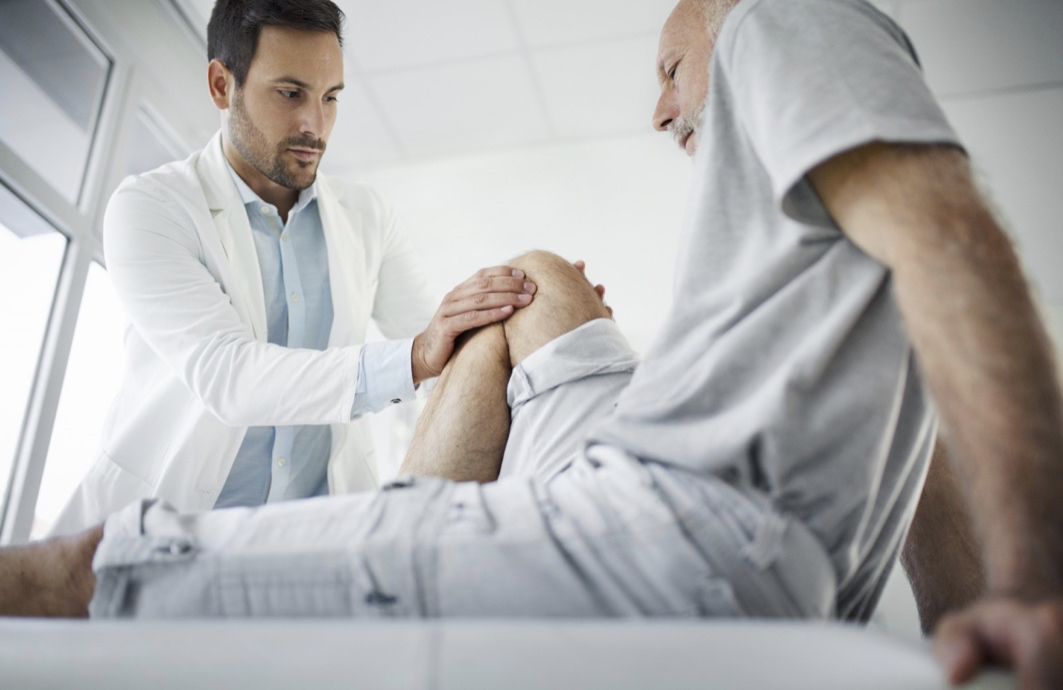The Pros and Cons of Platelet-Rich Plasma Treatments for Knee Arthritis
July 12, 2024
Knee arthritis is a common and often debilitating condition that prompts many to seek effective treatments to manage pain and improve mobility. One of the newer innovations in orthopedics is Platelet-Rich Plasma (PRP) injection therapy.
What is Platelet-Rich Plasma (PRP)?
Platelet-Rich Plasma is an orthopedic injectable treatment that involves drawing a patient’s blood, processing it to concentrate the platelets, and then injecting this concentrate into the affected knee or other area. The goal of this is to utilize the growth factors in platelets to promote healing and reduce inflammation in the arthritic joint.
Current Research
PRP techniques are relatively new in orthopedics, and there is currently limited research on the benefits of PRP injections for knee arthritis. However, several major studies are being conducted across the country to better understand its efficacy and potential benefits.
Pros of PRP Treatment?
Some studies suggest that Platelet-Rich Plasma treatments can help to activate the body’s natural healing mechanisms, which may alleviate pain and improve joint function. Orthopedic injectables, like PRP, are also minimally invasive, which means it may involve less recovery time compared to surgical options. Lastly, PRP could reduce the reliance on medications or more invasive procedures, offering a more natural approach to pain management.
Cons of PRP
The first con of PRP is the lack of rigorous research and data backing the treatment. Remember that during the COVID19 pandemic many different treatments were considered, and conflicting results were reported. Furthermore, some studies that have researched its effectiveness have shown little to no difference before and after PRP injections. Also, orthopedic injectable treatments are costly, and almost never covered by insurance or Medicare in contrast to more tried-and-true methods. There are also side effects and risks associated with the procedure such as infection, or pain at the injection site. Lastly, the outcomes of PRP orthopedics are highly variable, and there is a lack of standardized protocols for administering the therapy.
BMI (Body Mass Index-a measure of stress on joints)
Your body’s weight is a factor for any joint pain or treatment. For joint replacement at The Bone and Joint Center of Yuma, the patient must have a BMI under 40 whereas other facilities require a BMI below 35. Certain medications may be prescribed to patients who need joint replacement, but do not fall under a certain BMI. GLP-1 medications, also known as Ozempic or Wegovy, may be effective at lowering BMI. It is important to note that these drugs may be expensive or hard to find depending on area and insurance coverage and have their own independent list of potential complications.
Options at The Bone and Joint Center of Yuma
Overall, PRP and other orthopedic injectable treatments for knee arthritis may offer potential benefits but have far too many variables to be considered a responsible option for those searching for relief from knee arthritis. That is why we do not perform PRP services or recommend their use to our patients currently.
The Bone and Joint Center of Yuma has many options for joint pain that are proven to be safe and effective. Contact us today to set up an appointment or consultation.